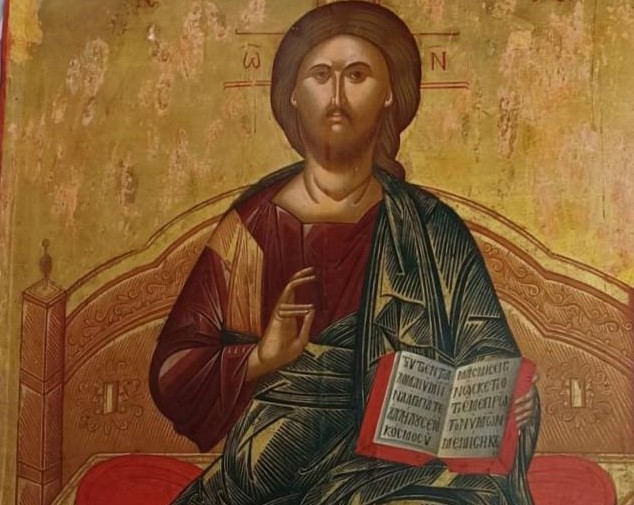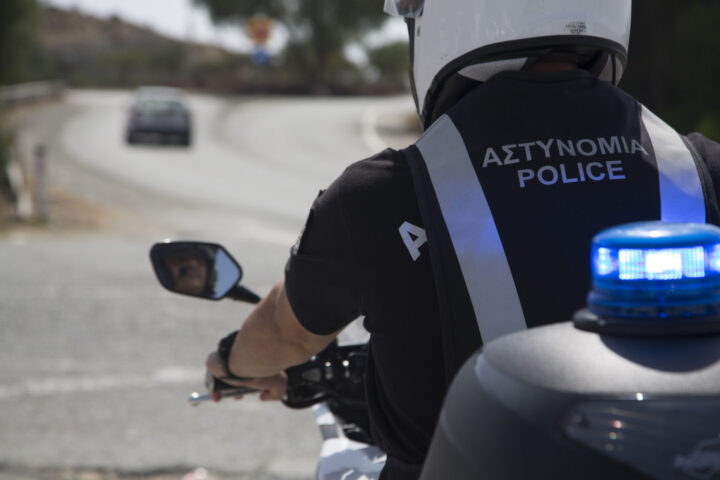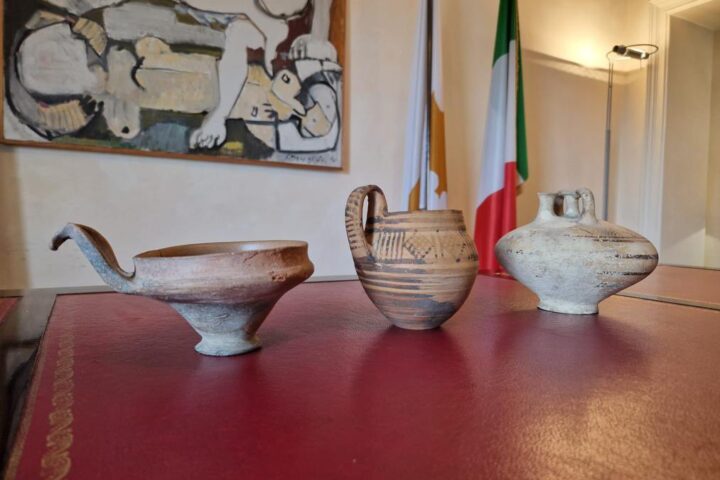An Icon depicting Jesus sitting on a throne, dating from the 15-16th centuries, has returned to Cyprus after being stolen from the Antifonitis church in Kyrenia following the 1974 invasion.
After years of efforts, this very complex repatriation case has been completed with success, the Cyprus Department of Antiquities announced.
The Turkish occupying army looted Antifonitis church; its frescoes, portable icons and woodcarvings were taken apart, and the whereabouts of many are still unknown.
“It proves once again the destructive consequences of the Turkish invasion on the country’s cultural heritage,” the department said.
The Church of Cyprus found the Icon in an auction abroad and informed the police that, in cooperation with the Attorney-General, took action, and as a result, the Icon was seized in 2014 by the Swiss authorities.
After lengthy legal procedures were completed, the Department of Antiquities initiated the repatriation process.
The Icon was delivered from Zurich to Cypriot authorities last week and is now at the Cyprus Museum.
“The Icon is in good shape, but it will be checked by the conservators of the Department of Antiquities before it is delivered to the Archbishop within the week until it is possible to return where it belongs.”
The Church of Antifonitis, declared an Ancient Monument, was probably founded in the 12th century.
The monument records later phases, dating to the 15th and 16th centuries, with important frescoes and portable icons.
“Unfortunately, after the Turkish invasion, Turkish looters desecrated the monument, largely removed the frescoes, icons and wood carvings and sold them illegally on the international market.”
Many frescoes were found in the possession of the renowned Turkish looter Aydin Dikmen, a number of which were gradually repatriated.
From time to time, some of the most notable icons of the iconostasis were repatriated, with the most important repatriation taking place in 1998, that of the Icon of the Virgin Mary and Child sitting on a throne.
The Department of Antiquities reassured it will continue efforts “to save our cultural heritage, that suffered incalculable damage as a consequence of the Turkish invasion.”










